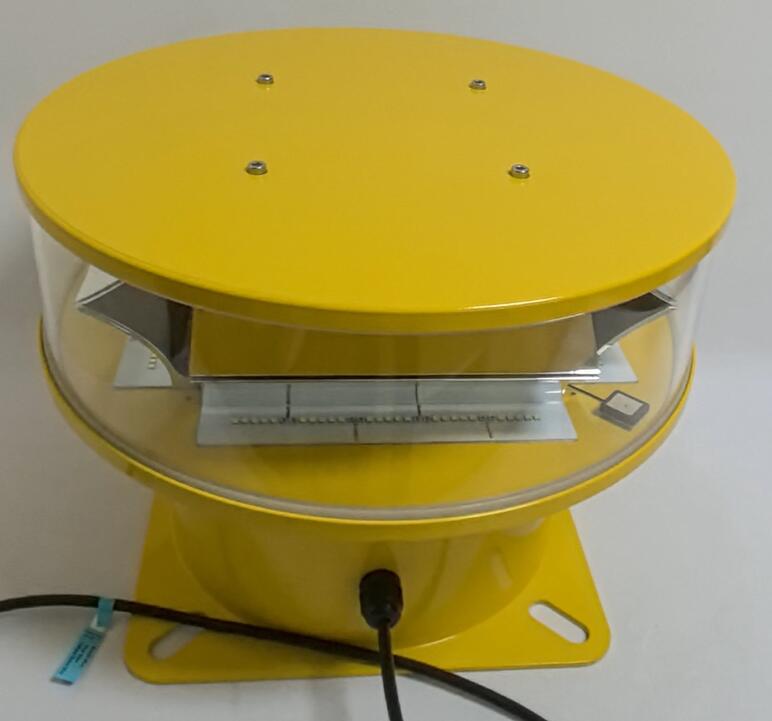Enhancing Aviation Safety with a Modern Aircraft Warning Light System
In the ever-evolving landscape of aviation safety, the aircraft warning light system stands as a critical component in preventing mid-air and ground-level collisions. Designed primarily to alert pilots of obstructions, especially tall structures such as communication towers, buildings, cranes, and wind turbines, these systems serve as essential markers in both controlled and uncontrolled airspace. While technology continues to advance rapidly, the fundamental role of the aircraft warning light system remains pivotal in safeguarding air traffic.
Purpose and Importance
The primary function of an aircraft warning light system is to increase the visibility of tall obstacles to pilots, especially during low visibility conditions such as night, fog, or heavy rain. This is particularly crucial during takeoff, landing, and low-altitude flight operations. With the global expansion of infrastructure and the increasing height of man-made structures, the need for robust and effective warning systems has never been more pressing.
An aircraft warning light system is not only a matter of operational safety but also a regulatory requirement in most countries. Aviation authorities such as the Federal Aviation Administration (FAA) and the International Civil Aviation Organization (ICAO) mandate the installation of such systems based on height and location of the structures.

Core Components and Functionality
A typical aircraft warning light system consists of several key components:
Light Units: These include low-, medium-, and high-intensity lights. The type and number of lights depend on the height of the structure and surrounding environment.
Control System: This manages the operation of the lights, ensuring proper functioning according to time of day, weather conditions, and system diagnostics.
Photocell Sensors: These detect ambient light levels and automatically switch between day and night modes.
Power Supply and Backup: Continuous operation is critical, so these systems are typically equipped with primary and backup power sources, including battery or solar options.
| aircraft warning light system |
High-intensity lights are typically white and used for very tall structures. Medium-intensity lights can be red or white and are often used on buildings and towers. Low-intensity lights are red and generally used for smaller structures. The correct selection and configuration are based on guidelines to ensure maximum visibility without causing light pollution.
Advances in Technology
Recent developments in LED technology have significantly improved the performance and durability of the aircraft warning light system. Compared to traditional incandescent bulbs, LED lights offer several advantages:
| An aircraft warning light system |
Longer Lifespan: Reduced maintenance and fewer replacements are required.
Lower Power Consumption: Enhancing energy efficiency, especially important for remote installations.
Instant Illumination: LEDs light up instantly, ensuring immediate visibility when required.
Smart Monitoring: Advanced systems come with remote monitoring capabilities, enabling real-time diagnostics and alerts in case of malfunction.
Some systems now integrate with IoT platforms, allowing predictive maintenance and automated compliance reporting. These features enhance operational reliability and ease the management burden on infrastructure owners and airport operators.
Regulatory Compliance and Global Standards
An aircraft warning light system must comply with strict standards set by aviation authorities. These standards define not only the intensity and color of the lights but also their flashing patterns and operational parameters.
For example:
ICAO Annex 14 outlines international standards and recommendations.
FAA AC 70/7460-1 provides guidance in the U.S. for obstruction marking and lighting.
These standards are continually updated to address new challenges and incorporate the latest technological advancements. Global harmonization efforts are also ongoing to ensure consistency in safety measures across international airspace.
Applications Across Industries
While the aircraft warning light system is most commonly associated with aviation and airport infrastructure, its applications extend to a wide range of industries:
Telecommunications: Towers that exceed height thresholds require visible marking for aircraft safety.
Wind Energy: Wind turbines, especially in offshore and remote locations, are fitted with tailored warning systems to mitigate collision risks.
Construction and Cranes: Temporary yet tall installations often require mobile warning light systems.
High-Rise Buildings: Urban development necessitates the installation of permanent warning lights to comply with local aviation regulations.
Each of these applications comes with unique environmental and logistical challenges, influencing the design and deployment of the warning light system.
Future Outlook
As urban skylines rise and aerial mobility expands—with increasing drone activity and potential urban air mobility solutions on the horizon—the importance of the aircraft warning light system will continue to grow. Integration with air traffic management systems, AI-based monitoring, and enhanced communication protocols are expected to shape the next generation of safety lighting.
Furthermore, sustainability goals will influence product development, leading to even more energy-efficient and environmentally conscious designs. The combination of smart technology and regulatory foresight will help ensure that these systems remain both effective and adaptable.
The aircraft warning light system is a silent yet vital guardian of airspace safety. As aviation and infrastructure continue to evolve, these systems must keep pace—leveraging technological innovation while maintaining strict adherence to safety standards. Whether mounted on a rural communications tower or atop a city skyscraper, the aircraft warning light system ensures that the skies remain safe for all who navigate them.
